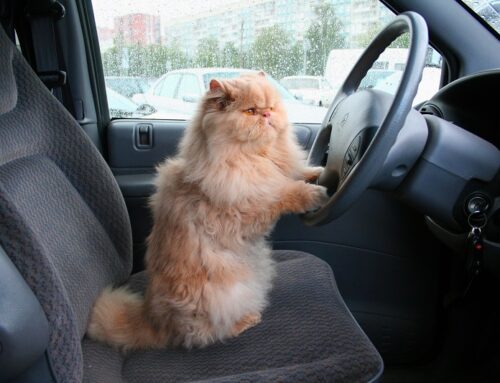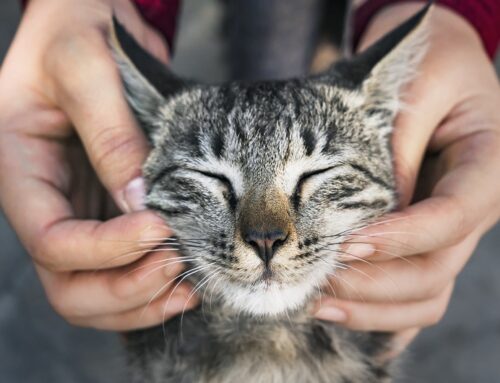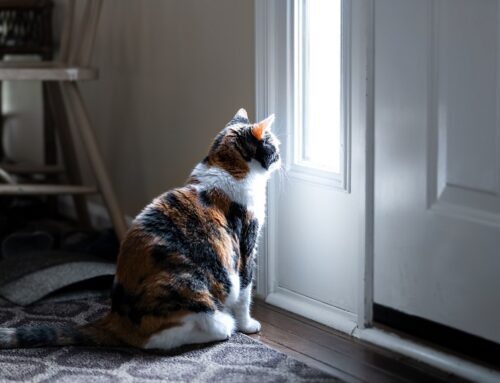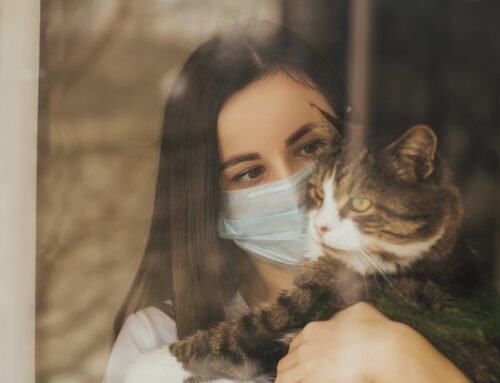Last month, we discussed the fatty liver and mentioned that, for some cats, food needs to be introduced slowly, or they could have worsening electrolyte abnormalities. This condition is called “refeeding syndrome.” It is a condition that can affect severely malnourished, underweight or starved animals once refeeding is started and can be life-threatening. So, how can good food be bad?
In the human world, starving people have died after suddenly gaining access to food. Those people who gorged themselves became severely ill and died, but those who consumed small amounts of food did well. Not until the liberation of Holocaust victims in World War II did we finally realize that refeeding small amounts of food or milk would prevent further disaster. Once we learned how to measure electrolyte levels in the blood, we finally understood why this was happening. Refeeding syndrome is known to occur in humans, cats, dogs, horses and cattle–and probably other species as well.
The body (of cats or otherwise) is amazingly adaptable, and when it is deprived of food, a complex set of changes occur. Metabolism slows down, which decreases the amount of energy needed to run the body’s basic needs. The functional reserve of most organ systems is also reduced. Significant slowdowns occur in heart function, oxygen-carrying capacity of red blood cells, and digestion. These slowed bodily functions help maintain life but are usually not severe enough to cause organ failure in the short-term.
During starvation, the body shifts from using protein as the main energy source to using carbohydrates. This change in energy source causes many electrolytes to leave cells and enter the bloodstream. Refeeding stimulates the release of insulin, which causes these electrolytes to quickly move back into the cells and can quickly cause a dangerous drop in blood levels, within 24 – 72 hours of starting food.
In addition to electrolyte abnormalities, another potential problem is fluid overload. Due to the decrease of the heart and kidneys’ functional reserve, the reintroduction of carbohydrates too quickly results in excess fluid retention. This can overwhelm a weakened cardiac system and lead to heart failure.
When rebuilding a cat’s healthy diet, the most critical electrolytes with refeeding syndrome are phosphorus, potassium, and magnesium. Phosphorus is involved in cell membrane integrity; muscle and neurologic function; carbohydrate, fat and protein metabolism; and oxygen delivery from the red blood cells to the tissue. Phosphorus also aids in the transfer of energy to cells through the formation of “ATP” (which is the “fuel” for cells). Signs of low phosphorus (hypophosphatemia) are often related to decreased energy stores (low ATP) and may include muscle weakness, anorexia, difficulty swallowing, respiratory failure, and decreased heart function. As a result of improper refeeding, a cat will likely experience decreased oxygen delivery to cells, depleted cell energy stores, seizures, and coma. Within 12 – 72 hours of that, severe hypophosphatemia, hemolytic anemia and even death can occur.
As stated above, potassium has a direct impact on cell, nerve and muscle function; aids in nerve-to-muscular transmissions; assists skeletal and heart muscle function; and affects the acid-base balance. Magnesium promotes enzymatic reactions within cells and helps the body produce and use ATP. Signs of low magnesium include respiratory muscle paralysis, complete heart block and coma.
Despite all these ominous things, if refeeding is done correctly, an animal should recover well and have no lasting effects from starvation. So, if you find a very sick, debilitated or emaciated animal, remember to feed it only small amounts of food until you can get them to a veterinarian for evaluation. Your veterinarian will develop a long-term plan for returning the animal to normal weight and health.
Have a great summer, and we’ll have more great information in the next newsletter! =^_^=








